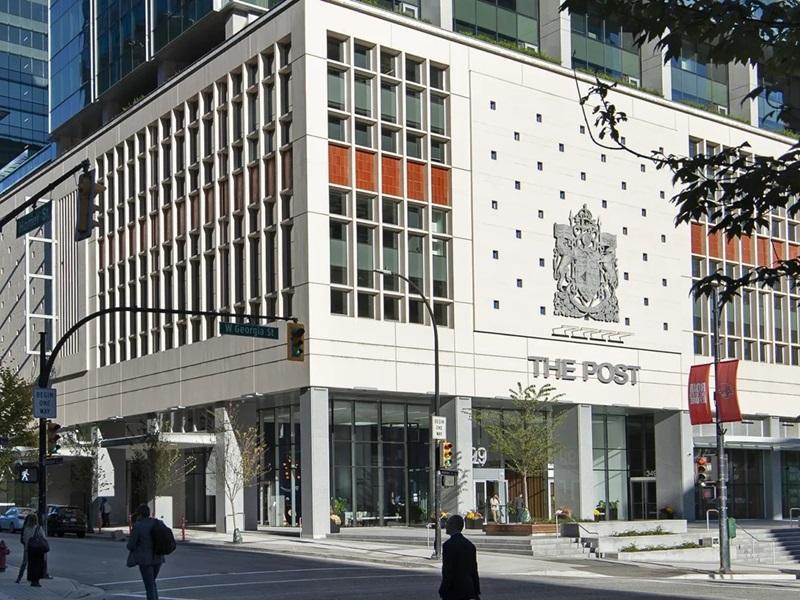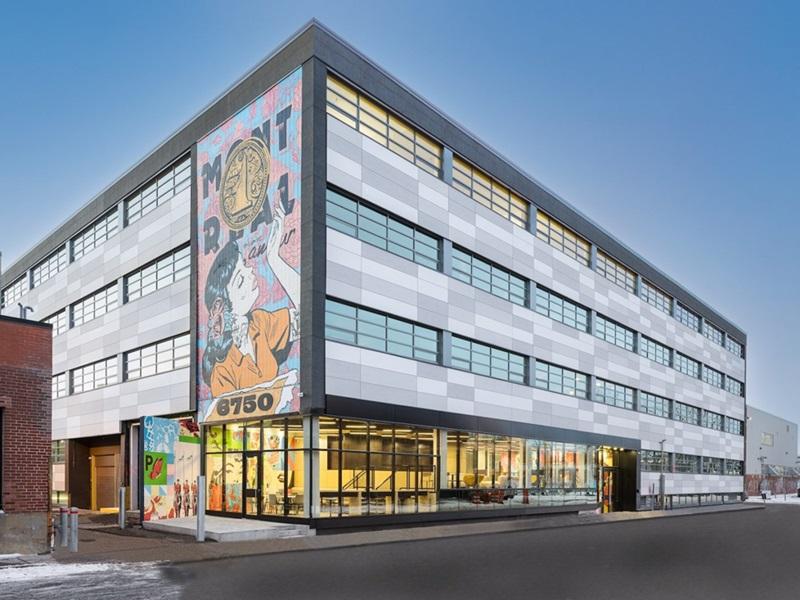
Canada's carbon tax could force some office owners to sell assets rather than undertake costly retrofits that could affect the financial viability of their buildings.
“The question owners ask themselves, and not just for retrofits but with any kind of capital work that needs to be done, is 'Is this worth it? And, what kind of return will I get out of it?' ” Keith Reading, senior director of research at Morguard, told RENX.
The federally regulated carbon tax is slated to reach $170 per tonne in 2030, necessitating asset owners to invest in green retrofits or face considerably higher tax bills for energy and fuel over the next few years.
The tax is $65 per tonne this year, after rising approximately 30 per cent on April 1, from the 2022 rate of $50 per tonne.
There can be a strong economic case for retrofits in addition to the environmental benefits.
One reason retrofits make sense, Reading said, is because tenants pay the building’s net rent and a proportion of real estate taxes, utilities and operating costs, thereby lowering the cost of doing business in that building.
The prospect becomes even more attractive if the building is in a prime location.
Assessing the financial impacts of a retrofit
Reading added some five- or six-decade-old buildings might not take to retrofits as well as others, either because they don’t adapt well to new technologies or they can’t provide tenants the flexibility demanded by their ESG scores.
“And the building may not be in a prime location so you might look at the retrofit – and because everybody else has to get one – ask yourself if your building will still be inferior to some other buildings in this market,” Reading said.
In such instances, it might make more economic sense to demolish the old structure and construct a new, decarbonized building, he added.
However, that could require more capital than some private investors typically have on hand.
“If I think I can get 'X' dollars per square foot, am I certain, or reasonably certain, I can get that kind of rent on the building?” Reading said.
"If not, maybe that’s a risk I don’t want to take as a private investor because if you make a mistake on an investment and you’re a small, private investor, you may not have the funds or a diverse enough portfolio to offset that mistake.
“But if you’re an institutional investor, you’ve generally got a large portfolio and you can offset any losses you might incur. REITs and other institutional investors would be the ones to step in.”
Ongoing uncertainty in the office market could also dissuade some private investors, who dislike risk in their portfolios, from investing in expensive retrofits.
A "perfect storm" for office owners

CBRE reported Canada’s office vacancy rate hit a 29-year high of 18.1 per cent last quarter — it was 15.8 per cent in Toronto, 17 per cent in Montreal, and 11.5 per cent in Vancouver.
“Canadian office markets are grappling with a perfect storm of a recession threat, interest rate hikes, tech sector weakness, tenants right-sizing and new supply of office space,” a CBRE news release states.
However, according to Jean-Philipe Picard, CBRE’s managing director of project management in Western Canada, the benefits of green retrofits outweigh potential pitfalls.
“There’s a net positive value with investments going into those buildings,” Picard said. “The business case gets stronger and better the larger the asset. The biggest challenge is looking at it strategically, not piecemeal. Looking at it strategically gives you the biggest bang for your buck.”
Picard conceded some private and single-property or portfolio owners might face challenges. However, he pointed to the early years of LEED certification when municipalities and institutional investors led the way.
He expects they, too, will be among the first to decarbonize buildings en masse. The trend is already gaining momentum.
“You’re going to have the larger institutional owners that will go to market first, you’ll have municipal government going to market first, and that will drive technology and drive volume,” Picard said.
“It will drive expertise in construction and in the market in implementing these strategies and that will drive down costs because you’re not the first movers anymore.”
Although the 2030 deadline looms large, Picard said some asset owners will still opt to wait before investing in the retrofits.
“Maybe those smaller owners will wait a little bit and benefit from the investments that have been made in that industry from the first movers who can afford it and build a business case for it to make sense," he said.
“And then, they can benefit from that advantage.”










